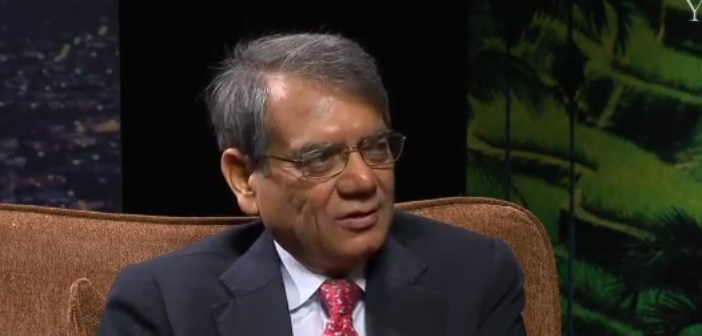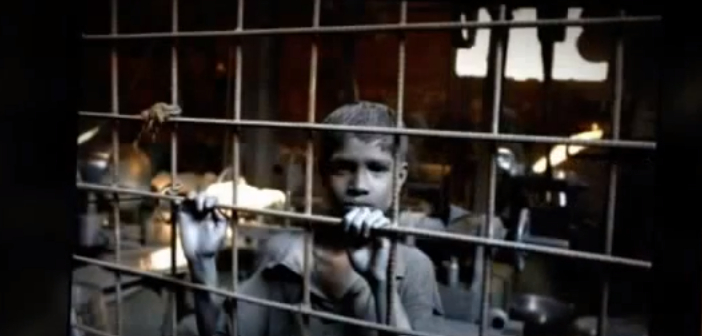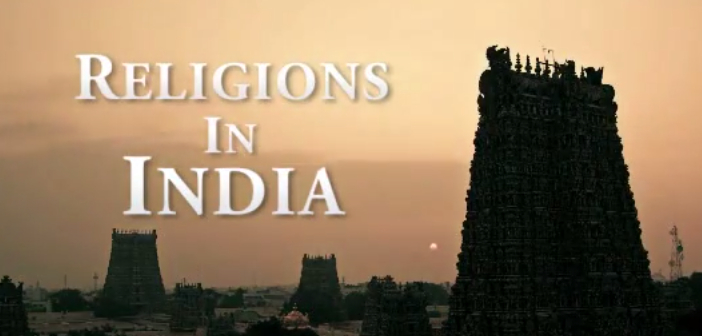When it comes to the economic rate, India is in the 10th place in the largest nominal GDP while the 3rd largest in PPP or Purchasing Power Parity. It is a member of the BRICS and is recognized to be a part of the major economies of G-20. If rates would be based in the per-capita-income, the country has the 141st rank in the nominal GDP while it has the 130th in GDP by PPP based from the 2012 report of IMF. The country is also known to be in the 19th place of being a largest exporter and garnered the 10th place for the largest importer as statistics show for the worldwide category.
The Ending of the British Occupation
Just after the end of British occupation, the economy of the country was governed by policies that are inspired by the combination of Fabian Social Democratic, Import Substitution and Protectionist. It was characterized before as an economy involving protectionism, extensive regulation, large monopolies that are owned by the public, pervasive corruption and slow growth.
Economic Liberalization and Growth
By 1991, the continuous liberalization in the economy moved India to an economy that is market-based. With continuous developments, the country has established itself to be one of the countries in the world with an economy that is growing quickly. Though the growth of the economy has slowed for about 6.8% in years 2008 to 2009, it has greatly recovered in 2009 to 2010 with 7.4% GDP while its fiscal deficit rose to 6.5% from 5.9% within the same period. The deficit then surged to around 4.1% GDP during the second quarter of the fiscal year 2011 against 3.2% GDP of the recent quarter.
By the fiscal year of 2010 to 2011, the GDP of the country grew up to 9.3% and it consequently grew nearly in halved within a span of just 3 years. The GDP growth have risen a bit to 4.8% by the 1st quarter of 2013 from 4.7% of the last quarter. Due to this growth, the government have projected that there will be a growth rate of about 6.1% to 6.7% as the year 2013 to 2014 starts while RBI is expecting to have the same projection yet at 5.7%.
During 2012 to 2013 fiscal year, the economy of the country slowed down to around 5.0% as compared to the 6.2 % of the recent fiscal. One of the significant events in the financial state of the country was when the Indian rupee hit the lowest exchange of 68.80 with the US dollar in August 28 2013. To control the fall in the national currency, India’s government has introduced certain capital controls for outward investment made by both individuals and corporate.
Fiscal Deficit
Aside from this economic problem, the country also suffered from a fiscal deficit of about US$ 88 billion of 4.8% GDP that is very high unlike previous years. Due to this, the government is aiming to cut down this deficit to about US$ 70 million or 3.7% GDP as 2013 to 2014 finance years approaches. With all these changes that the country has imposed, its economy is seen to progress continuously.




